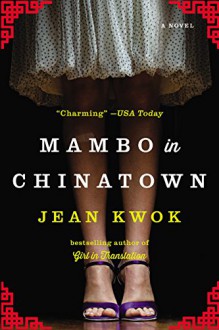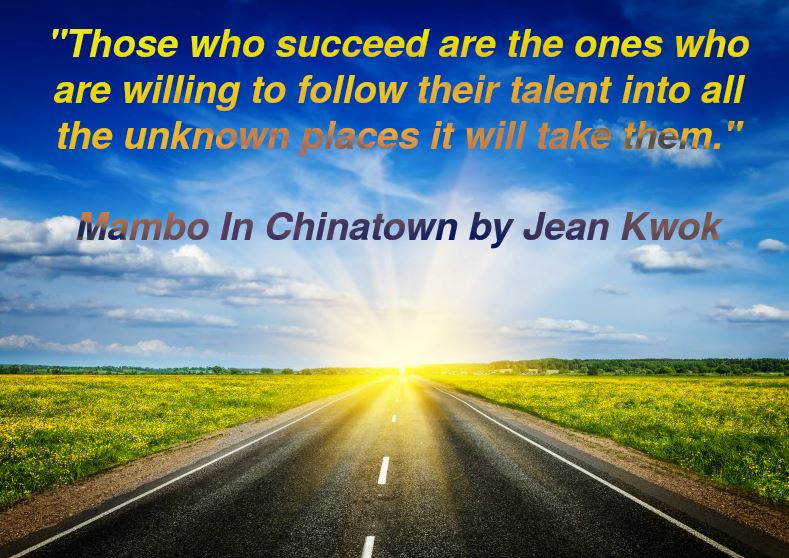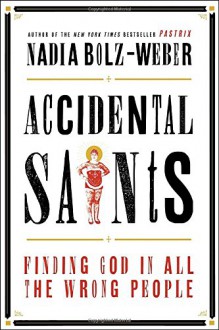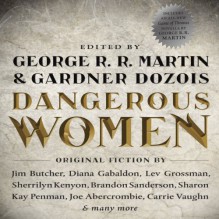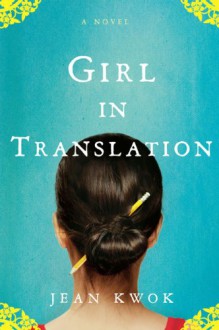
Girl In Translation, Jean Kwok, author; Grace Wey, narrator.
Ah-Kim (Kimberly) Chang left China with her mother and came to America when she was 11 years old. Assisted by her ma’s elder sister, Aunt Paula, they moved into an apartment and went to work in a clothing factory, both of which she managed. The apartment was substandard, and the factory operated illegally with underage employees and unsafe conditions. The supposed kindness motivating the elder sister to help them was highly questionable as she subjected them to unfair working conditions and an apartment without heat, that was bug and rodent infested. They were immediately given a false address and told to lie and use it to enroll Kim in a middle school that was not in their district, but that the aunt said was a better school for her to attend. In actuality, the aunt was protecting herself because of the illegal activities of her business dealings. The aunt and uncle operated outside the law, unwittingly aided by the people working for them who were desperate for their jobs and unaware of their legal rights. Kim and her mother were indebted to the elder sister because they had to repay the money that purchased their papers and their air fare, with interest, and now they also had their rent to pay her, as well. They worked long hours for low wages and were thwarted in their efforts to succeed by the aunt who was jealous for many reasons, jealous of her little sister’s ability to survive and land on her feet in life and jealous of her niece’s success in school, which was greater than her own son’s abilities.
Although I felt certain that school would be difficult for Kimberly and any other immigrant who was unable to speak much English, I found it hard to understand why the school officials and teachers would have been so unkind to her. I was a teacher and although there were some bad apples, overall, teachers were kind to the students, even if some were not trained properly or of the proper mind set to help them. In this book, it felt like there was a general condemnation of the teacher’s behavior toward Ah-Kim. Of course, as in most schools, there were some students who were bullies exercising their muscle to maintain their position of power in the school. However, many of us, regardless of our color, culture, country or religion, have suffered “the slings and arrows” of the troublemakers, in our own schools, as we grew up.
The idea that Kimberly so quickly rose to the top of her class intellectually, and even socially, to some degree, without language skills and in spite of some early failures and peer problems, was admirable, but I found the portrayal of her as such a perfect person, succeeding in every way, a bit disturbing, especially when the “American” children of all stripes were portrayed as selfish, greedy, rude, without ambition, and lacking in intellect. They were involved in disrespectful behavior at home and outside the home, stealing, doing drugs and engaging in underage sexual exploits while their parents looked the other way, preoccupied with their own selfish and greedy needs. They were essentially bringing themselves up without values while Kim was influenced greatly by her mother and her excellent cultural values.
Kim and her mother were portrayed as respectful, honest, obedient, loyal and intelligent, head and shoulders above their American counterparts until Kim was corrupted by them and began also to experiment with drugs, lie, and engage in underage sex which eventually got her into trouble, altering the course of her life, a bit. Still, in spite of all the difficulties she faced, like somewhat of a “supergirl”, she dealt with disasters and turned them into bounties and was still able to obtain a free education at Yale and then go on to become a doctor and surgeon. All of this time, she and her mother were supposed to be living from hand to mouth, barely making ends meet.
I began to feel that I was reading a book that was a bit like a fairy tale, although I felt certain that there was truth in the presentation of the difficulty of being an immigrant in a new country with new ways and a new language. This book painted the Asian culture superior to its American counterpart. Kim, in her “goodness” was able to rise above all adversity, above all the obstacles placed in her path, some put there by herself and some by others. I was left wondering why she alone was singled out for success by the school and not any others, although she was the one that could not communicate well. Somehow they were able to discover, from her test scores, taken in a language she was not fully versed in, that she was of superior intellect and would succeed if given the opportunity. It made me wonder if there were others passed over that might not have had the same success, given the same advantages, not necessarily characters in the book, but rather, in real life.
Still, even when kindness and generosity was shown, there seemed to be resentment toward her which I could not fathom. Her only friend was an unusual looking girl with a talent for action and activism. The book began to feel a bit one-sided in order to paint the immigrant experience in such a way that the immigrant was shown in a very positive light without flaws that mattered, while the Americans were flawed indeed, in character, except for the American school friend, Annette, who was painted as flawed, different and a bit spoiled, depicted as well off although she attended this school in a disadvantaged area and was the only white girl there, although there were two white boys as well. Ah-Kim was the only one of Chinese descent.
The description of Kim seemed subtly designed to malign the other students for their laziness, lack of intellect and general poor behavior, while she was more deserving, worked harder and appreciated all she had, which was, in fact, almost nothing. So, while the story was engaging, it seemed a bit of a fantasy, that seemed true in some parts, but not so in others.
To be more authentic, the author used phonetic expressions and spellings to portray Ah-Kim’s effort to communicate in a world she didn’t know how to navigate. I found it distracting to hear words like Min-hat-ton as opposed to Manhattan and anthn instead of anything, and directions like go downda hall and firsdur left, and expressions like “our new student, eye presume”, and “what’s your exchus?”. I soon became accustomed to the terms like Liberty Goddess, for the Statue of Liberty, head pains for headache or big leg for rudeness, but they, too, felt distracting, especially in the audio. Perhaps a print book is necessary because there were whole sentences, at times, that sounded like gobbledygook to me because of the mispronunciations without context.
I questioned the reality and ability of a child of 11, newly arrived from China, not speaking much English, while living in an apartment that was bug and rodent infested, unheated, sparsely furnished and without any amenities, while attending school not in her own neighborhood, and taking the subway to a clothing factory so she could work long hours alongside her mother, to study and succeed as well as Kimberly did, but kudos to the immigrant that has that kind of drive and success against all odds.
The novel describes the world from the eyes of Kimberly, as she goes from her childhood to her adulthood as a surgeon. Too much of the book was heavily detailed about her experiences in school, work and romance, with too little attention paid to her development as a doctor, later on.


 Log in with Facebook
Log in with Facebook 
